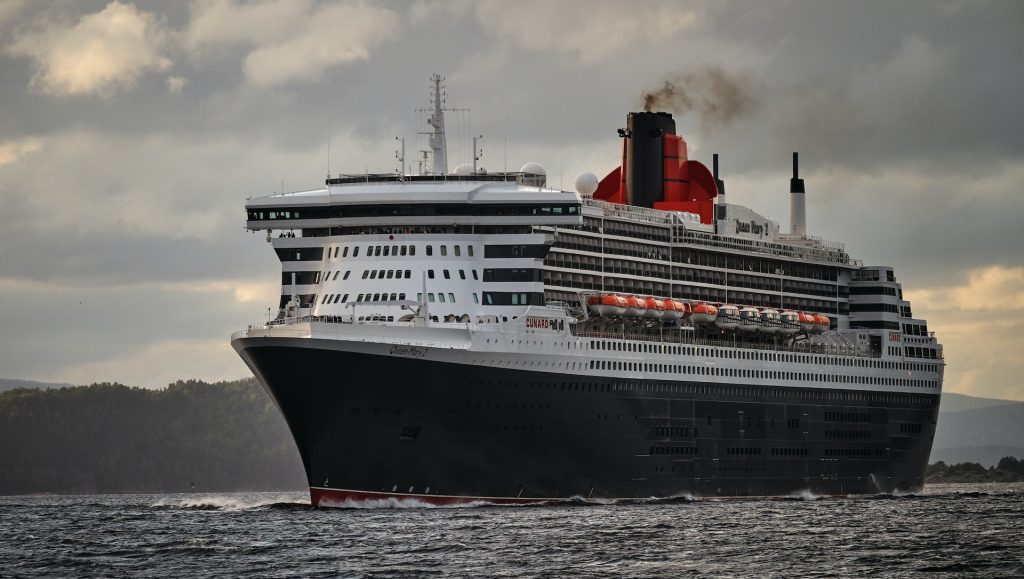
Ever wonder where the expression “that is like trying to turn the Queen Mary” comes from? It is actually a UK-based metaphor and comes from the fact that large ocean liner vessels, like the Queen Mary, can take up to 10 nautical miles to slow down enough before they can initiate a turn. How many of us find ourselves in situations like this as we try to turn a hotel asset position around?
NB: This is an article from Revenue Generation
Subscribe to our weekly newsletter and stay up to date
One of the more challenging assignments in my career was working for a big box hotel in downtown Toronto. This particular hotel was on a wayward course and needed to set a new direction. The owners made it very clear that the current state was not sustainable and if the course continued, it would spell certain failure.
I was part of a new management team brought in to turn this “ship” around. It was very much like trying to turn the Queen Mary. There were certain fundamental changes that needed to occur (slowing the vessel), including a change in perspective, focused goals, and strong collaboration. There were many well-intentioned teams within the hotel, but they worked in their own silos and inadvertently created several conflicts, which ultimately formed a condition of gross underperformance. Simply put, they were not achieving asset objectives. It was not until everyone fully understood the enterprise goal, comprehended their role within the greater context of the organization, were willing to align themselves to that end, and had a new set of aligned goals that we were able to begin to change course.
As you reflect on your hotel asset or portfolio, ask yourself these questions:
- 1. What are you trying to achieve? Do you fully understand what your owners are trying to achieve?
- 2. How well can you articulate the enterprise objectives to others?
- 3. How aligned are these goals with your other disciplines in your organization?
- 4. Do you have a system in place to ensure that individual department goals truly align with the enterprise goal?
- 5. Is your organization set up to be transparent about their specific goals and effectively communicate its successes and failures.
As a consultant, I often encounter hotel teams who struggle to identify their asset objective. An asset objective is a critical component of any hotel’s success strategy, but it’s surprising how many teams are unaware of it. When asked, they give generic answers such as “to make a profit” or “to drive NOI.” However, understanding your hotel’s asset objective is much more nuanced than that. It involves identifying whether it is a short-term, mid-term, or long-term hold. It encompasses understanding ROI cycles and expected market positions, to name a few. Without this understanding, it’s challenging to create a comprehensive plan for the hotel’s success. So, it’s essential to take the time to identify your hotel’s asset objective and create a strategy that aligns with it.
Departments that have opposing goals or a lack of awareness of what the enterprise is trying to achieve can often find themselves in conflict. A classic example, and one that I experienced recently, has to do with the age-long tug of war between sales revenue goals and revenue management RevPAR/profit goals. The subject property I worked with gave their director of sales the ability to book the entire hotel without the consultation of revenue management or GM. Furthermore, no displacement analysis was done on the impact of such a decision. This created a situation where the hotel fell far short of its full potential. By assigning the right goals and ensuring collaboration amongst disciplines this situation could have been avoided.






